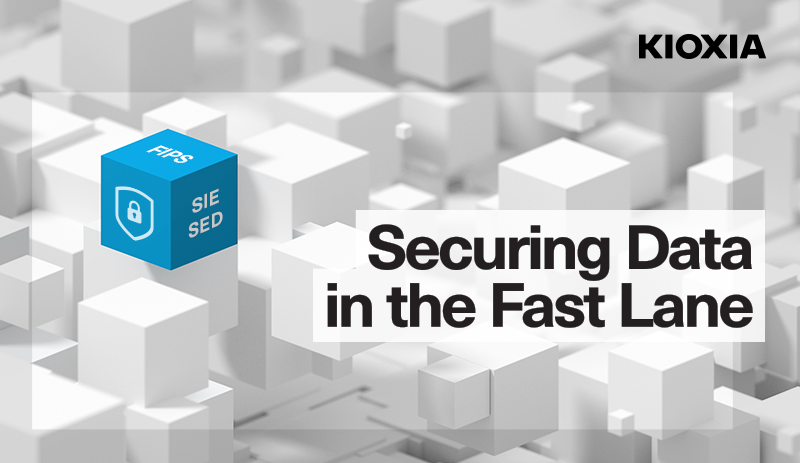
How many times have you arrived at the airport early, only to have to run down the hallway to just barely make your flight after standing in a long security line? Of course, security is important and necessary, keeping us safe at the cost of added time. This common airport scenario is a great analogy for security in the datacenter. It’s inconvenient and adds extra cost, sure, but necessary to keep data safe. What if there was the equivalent of a TSA Precheck line for SSDs – akin to trusted traveler credentials that allow us to bypass the majority of the security lines?
Security in the data center is commonly thought of as being expensive to deploy, confusing and difficult to set up and manage, and a burden on performance. Seeking to flip this narrative on its head, KIOXIA has taken the challenges of protecting data at rest out of the equation, and with our SED1 and FIPS2 SSDs, there’s no impact to performance.
With all of that being said - you need to have a plan for protecting your data; or the cost of fees, customer confidence, and regulations may certainly be more than not investing in data protection. Easier said than done. When it comes to SSD security and encryption, acronyms – and confusion – abound. We are asked about this topic often, and it was the focus of a breakout session I did at the recent Dell Technologies World, which is archived here: https://www.youtube.com/watch?v=TVXlkqiwJYw. In it, I shed some light on some of the various degrees of drive-level security – and explain some of those acronyms – to help you formulate your data protection plan.
Notes
1: SED (Self-Encrypting Drive) supports TCG Enterprise SSC.
2: FIPS 140-2 validated (Level 2) defines security requirements for cryptographic module by NIST (National Institute of Standards and Technology).
All company names, product names and service names may be trademarks of their respective companies.
Disclaimer
The views and opinions expressed in this blog are those of the author(s) and do not necessarily reflect those of KIOXIA America, Inc.